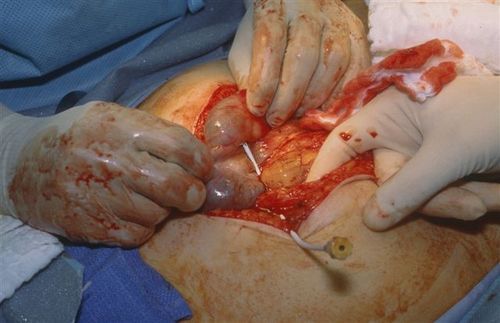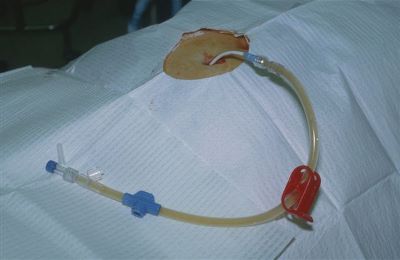Getting seriously injured trauma patients to a trauma center quickly is generally believed to be a good thing. And helicopters are usually faster than ground ambulances. So sending severely injured patients by air is a good thing, right?
Not quite so fast, there. There are other concerns as well. Helicopter transport is significantly more expensive. Quarters are very cramped, and you can’t just pull off to the side of the road if major patient or equipment problems arise. And has anybody really shown a survival benefit?
Although there is a (relatively) standard national trauma triage protocol from the CDC that indicates which patients should be transported to a trauma center, there is no standard protocol for who should be transported by air. The University of Rochester School of Medicine looked at 2007 transport data from the National Trauma Databank and tried to determine if the CDC protocol could be adapted to air transport as well.
Over 250,000 patient records were included in the study. As would be expected, patients flown by helicopter tended to be more severely injured, needed intubation more often, and were admitted to an ICU and stayed in the hospital longer. Average transport time for the helicopter was longer (60 mins vs 43 mins), implying longer distance traveled. Using a regression analysis, the authors found that the following subsets of patients had better survival with helicopter transport:
- Penetrating injury
- GCS < 14
- Resp rate <10 or >29
- Age >55
- Any one physiologic criterion and any one anatomic criterion from the CDC protocol
Bottom line: A more standardized set of air transport criteria is needed. Some studies have found that as many as 50% of patients in some communities are flown who do not meet local air transport rules. Time and distance also need to be taken into account, since these will vary widely between rural and less rural areas. This study begins to lay an objective framework of criteria that can be incorporated into a more uniform set of guidelines.
Related posts:
- CDC field triage website
- CDC triage guidelines app
- Helicopter transport saves lives
- Do we follow CDC guidelines?
Reference: The National Trauma Triage Protocol: Can this tool predict which patients with trauma will benefit from helicopter transport? J Trauma 73(2):319–325, 2012.







